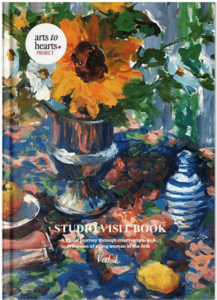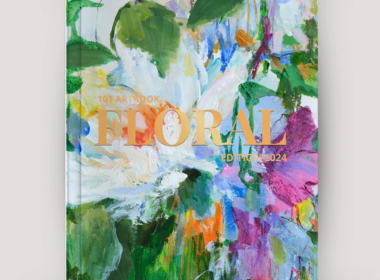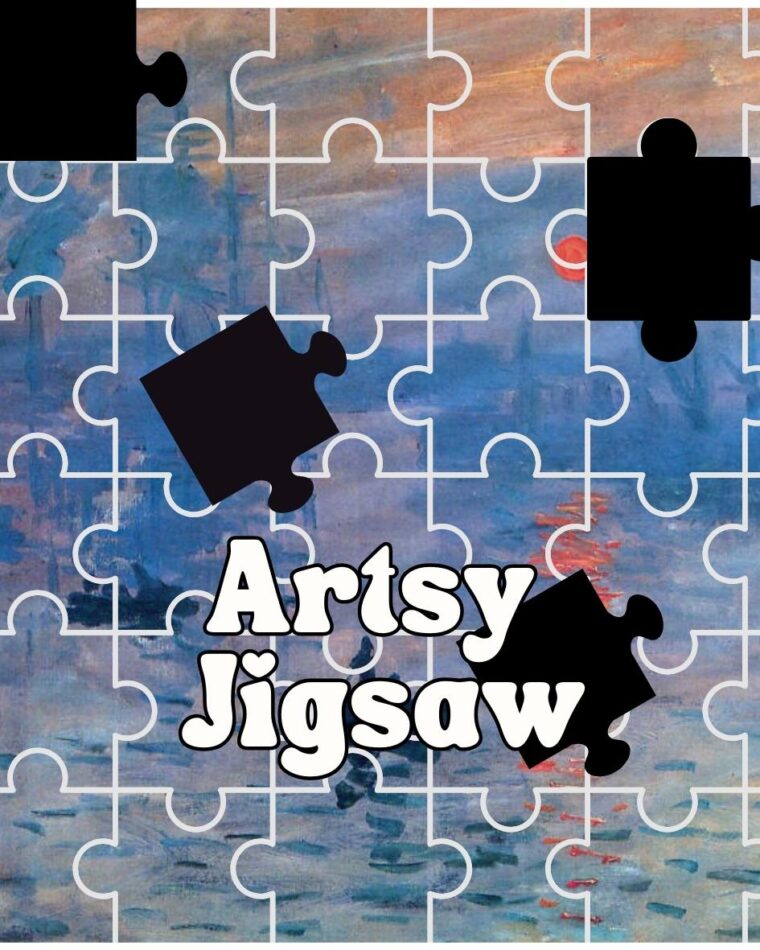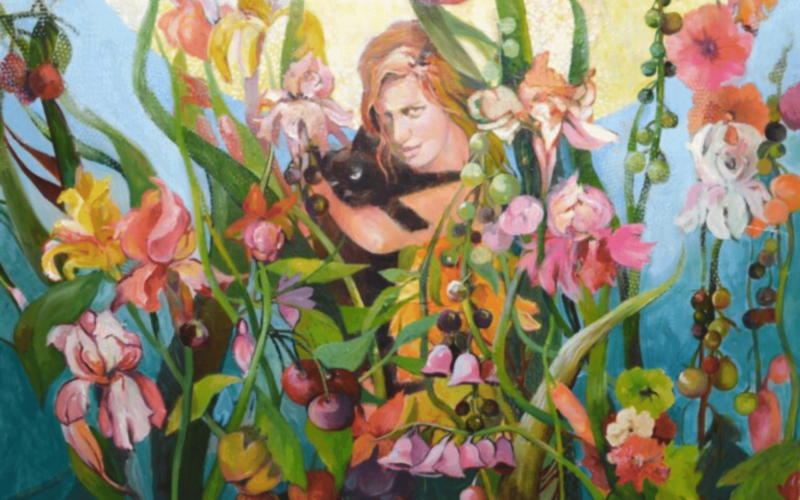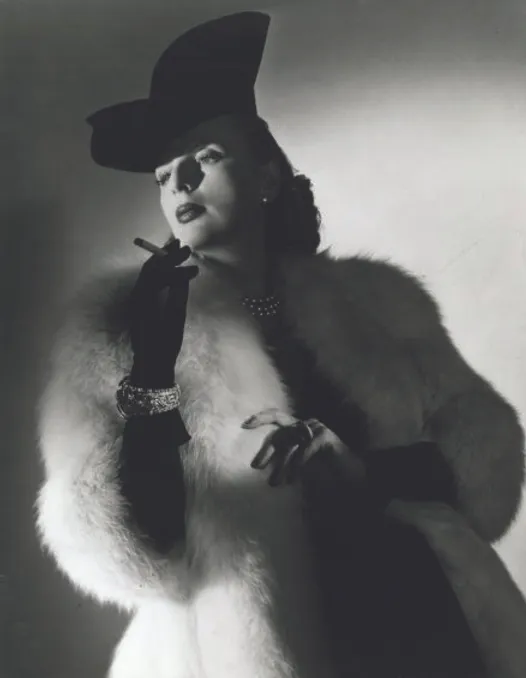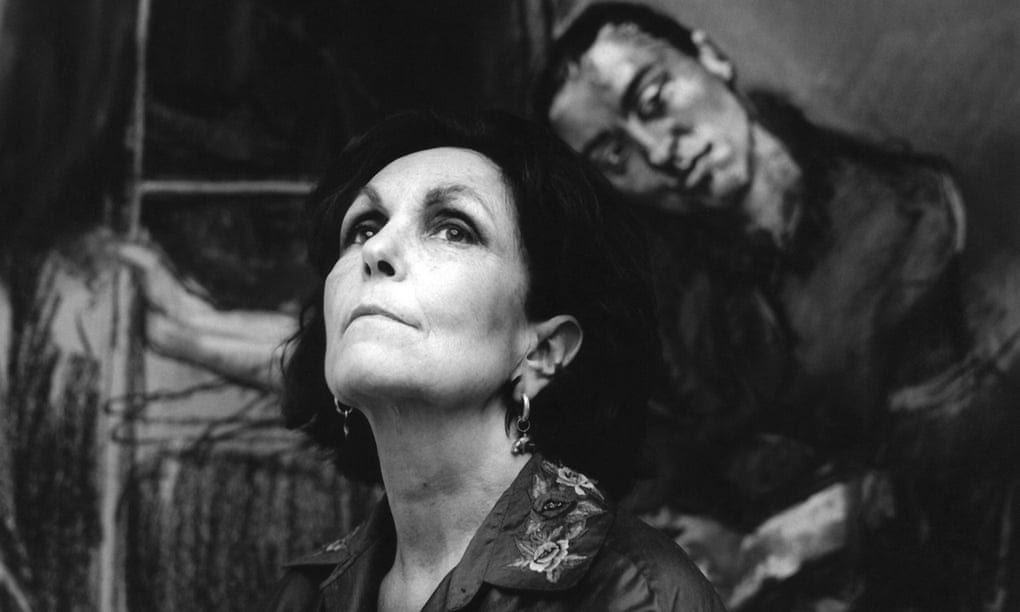
Anna Atkins: A woman who pioneered photography with her cyanotype revolution
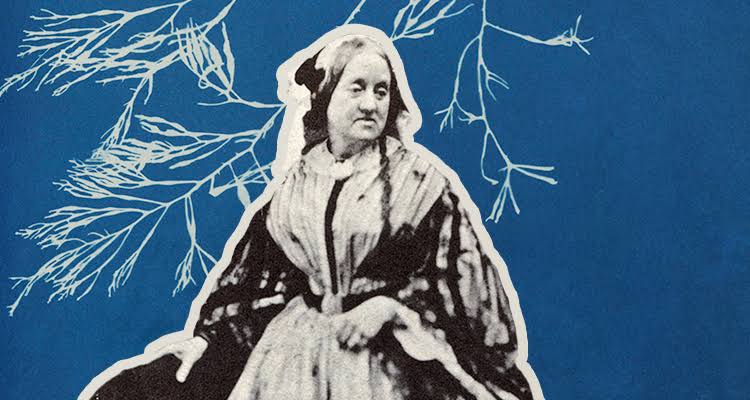

Photography, with its captivating ability to freeze moments in time and preserve the beauty of the world around us, has long been heralded as a magical means to capture the essence of our surroundings. In the 19th century, a period when the realm of professional accomplishments for women was constrained, one remarkable woman, armed with her camera, emerged as a trailblazer in the nascent art of photography. Her name was Anna Atkins.
At a time when the photography landscape was in its infancy, dominated by male pioneers, Anna Atkins broke barriers and became a luminary in her own right. Her journey through the lens of her camera was both groundbreaking and revolutionary. But Anna’s distinction extended far beyond just taking photographs; her innovative approach lay in the fascinating world of cyanotypes.
This is the story of Anna Atkins, a name that deserves to be celebrated. As the first female photographer in history, she not only mastered the art of capturing the natural world but also revolutionized photography with her pioneering work in cyanotype prints. Join us as we delve into the life and legacy of Anna Atkins, a woman who harnessed the power of photography to capture the exquisite beauty of British algae and, in doing so, etched her name into the annals of photographic history.
Anna Atkin’s early life and the beginning of her love for photography
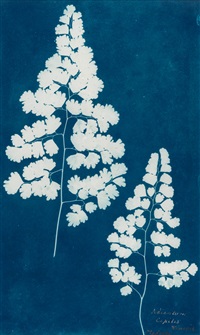
Anna Atkins was born on March 16, 1799, in Tonbridge, Kent, England. Her early life was marked by a love for science and botany. She received an education that was quite uncommon for women of her time, as her father, John George Children, was a scientist and member of the Royal Society. Under his guidance, she developed a deep interest in the natural world.
Anna’s education at home laid a solid foundation for her later work. She learned about scientific processes and became proficient in the arts and natural sciences. Her knowledge of botany would become crucial in her photographic endeavors.
As for her introduction to photography, Anna’s interest was piqued by the work of William Henry Fox Talbot and Sir John Herschel. Both of these pioneering figures in early photography were friends of her family. They introduced her to the then-emerging field of photography and its potential for capturing images.
Anna’s early life was a perfect blend of scientific curiosity and art exploration. Her upbringing provided her with the knowledge and connections she needed to enter the world of photography, which ultimately lead to her groundbreaking contributions in the field.
The vision of Anna: A botanist’s lens
Anna Atkins was no ordinary photographer; she was a trailblazer in a world dominated by men. With her trusty camera, she didn’t just capture any pictures; she specialized in botanical photographs, especially algae found along the south coast.
What makes her even more remarkable is that she was friends with a famous natural philosopher, Sir John Herschel. He was a genius in photography and had come up with a new way to take pictures, called the cyanotype. This process used a chemical called potassium ferricyanide and had a distinctive blue tone. It was like magic!
Just a year after Herschel’s invention, Atkins decided to give this cyanotype method a try. What she accomplished over the next decade was truly amazing. She created twelve volumes of her book called “Photographs of British Algae.” This wasn’t just any book; it was the very first book in the world to have photographs as illustrations!

Her pictures of algae, those tiny ocean plants most people hardly noticed, were a breakthrough. They were super accurate, and the blue tones made them look stunning. It was like she had breathed life into these overlooked specimens.
Anna Atkins had a mission, and it was all about the algae. She was determined to show the world the beauty of these underwater plants through her photographs. She gathered nearly 400 original plates of algae, which were like her canvas. Then, with her cyanotype process, she turned them into captivating blue images.
Her work wasn’t just about pretty pictures, though. It was groundbreaking science. Before Anna, not many people had studied these algae up close. Her detailed and accurate photos helped scientists understand these plants better.

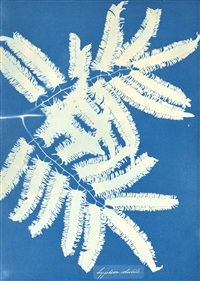
Anna Atkins’s collaboration with Anne Dixon
As Anna Atkins continued her photographic journey, she ventured into new territory. She collaborated with her childhood friend, Anne Dixon, to capture entirely different subjects. This time, it wasn’t just about algae; it was about a whole world of different things – flowers, feathers, and delicate lace.
Anna’s approach evolved. She began to experiment with her compositions, focusing on details like how the subjects were arranged, the layers, and the textures. She wasn’t tied to strict scientific rules anymore. Instead, she explored the artistic side of photography. It was all about lines, colors, and playing with light and shadow.
But as time passed, Anna Atkins and her groundbreaking photographs faded from memory. In the late 19th century, some people even thought her initials “A. A.” on her works meant “Anonymous Amateur.” They couldn’t have been more wrong. But history has a way of rediscovering its gems.
In recent years, scholars and artists have shone a new light on Anna Atkins. Her contributions to science, technology, publishing, and art have been reexamined and celebrated. It’s a testament to the enduring legacy of this botanist and photographer. Her “lengthy performance” continues to have a long and vibrant afterlife, inspiring the world with her remarkable work.
Anna Atkins’s legacy and her contributions to the field of art
Anna Atkins’ legacy is as enduring as the blue hues of her cyanotypes. Her pioneering contributions to photography, botany, and gender equality continue to influence and inspire people in various fields.
Pioneering photographer:
Anna Atkins is celebrated as one of the first female photographers in history. Her use of the cyanotype process and her dedication to documenting plant specimens revolutionized the world of photography. Her innovative techniques and artistic sensibilities set the stage for future photographers to explore the creative and scientific potential of the medium.
Bridging art and science
Atkins’ work beautifully bridged the realms of art and science. Her cyanotype prints weren’t just aesthetically pleasing; they were a crucial resource for botanical study. Her commitment to both artistic expression and scientific accuracy serves as a model for interdisciplinary approaches that continue to shape fields today.
Advancing botany
Her extensive contributions to the field of botany can’t be overstated. Through her precise and detailed photographs, she made it possible for scientists to study and identify plant species with unparalleled accuracy. Her work paved the way for a deeper understanding of the natural world.
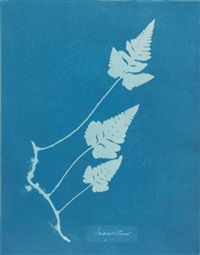
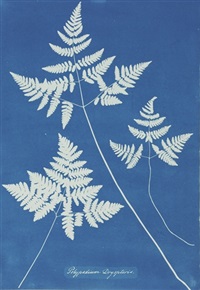
Gender equality
Anna Atkins’ life story challenges the gender norms of her era. She broke barriers and proved that women could excel in traditionally male-dominated fields. Her achievements as a scientist and photographer inspired generations of women to pursue their passions and make their mark in diverse domains.
Artistic inspiration:.
Her cyanotype prints and the creative techniques she employed remain an artistic source of inspiration. Her compositions and her use of the cyanotype process have left a lasting mark on the world of visual art, influencing contemporary photographers and artists.
Conservation and preservation:
Anna Atkins’ work had a profound impact on the conservation and preservation of botanical specimens. Her photographs provided a way to document and study plants in an era before color photography and modern preservation techniques, contributing to our understanding of plant diversity and history.
Anna Atkins’ legacy is a testament to the power of dedication, curiosity, and breaking boundaries. Her influence can be felt not only in photography and science but also in the ongoing pursuit of gender equality and the enduring beauty of her art. Her story is a source of inspiration for generations to come, reminding us that one person’s passion and creativity can change the world.
Anna Atkins’ story reminds us that in every age, there are individuals who, through their dedication and creativity, leave an indelible mark on history. Her work lives on, a timeless tribute to the boundless possibilities of passion, curiosity, and breaking boundaries. And so, we pay homage to Anna Atkins, the remarkable photographer, botanist, and trailblazer, whose legacy remains as vibrant as the cyanotypes she created.
If you wish to read more about such remarkable women who have left a lasting legacy in the world of art, we invite you to explore our art history section. Here, we celebrate these extraordinary women for their profound contributions, keeping their legacies alive for you and future generations to find inspiration.
You’ll discover the stories of many other visionary artists who defied the odds and reshaped the world through their creativity, dedication, and passion. Their stories are a testament to the enduring power of human imagination and the indomitable spirit that continues to shape the world. Join us in celebrating the brilliance of these women and draw inspiration from their remarkable journeys.

